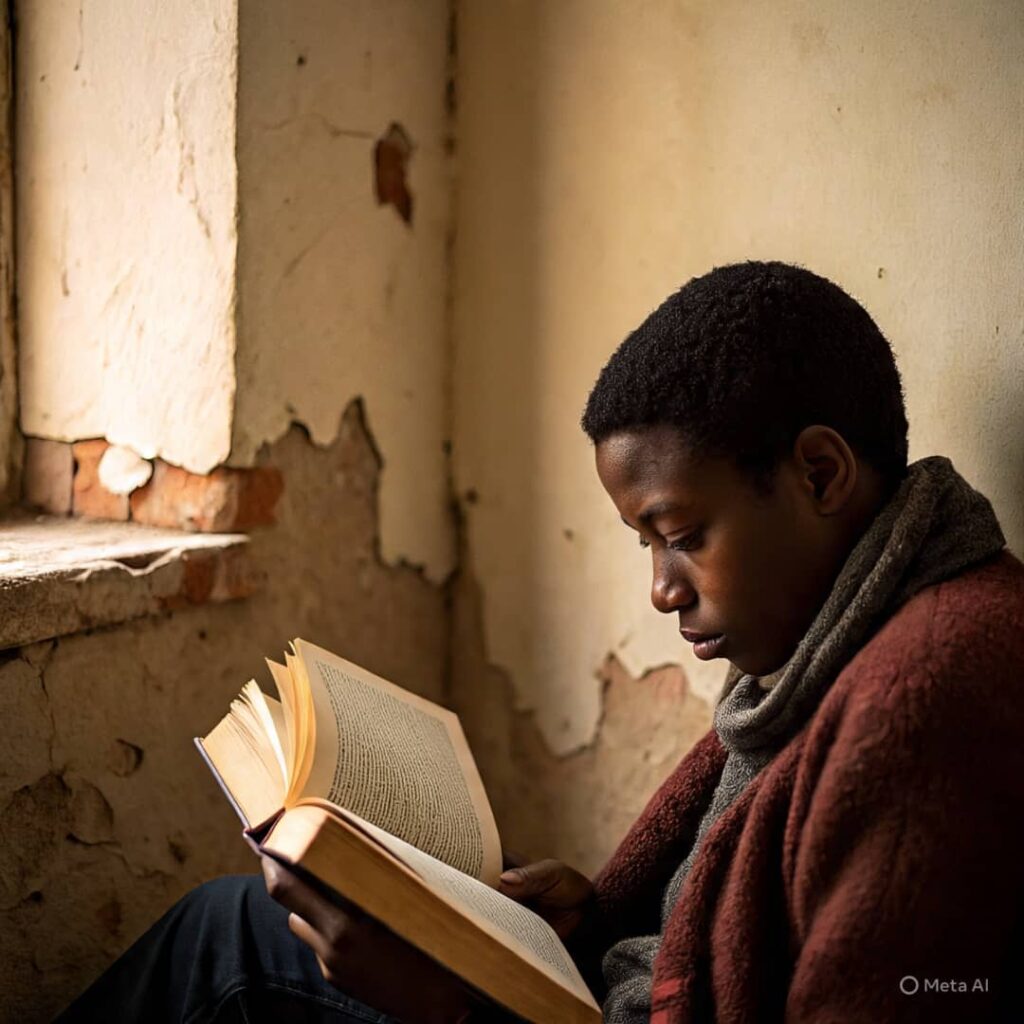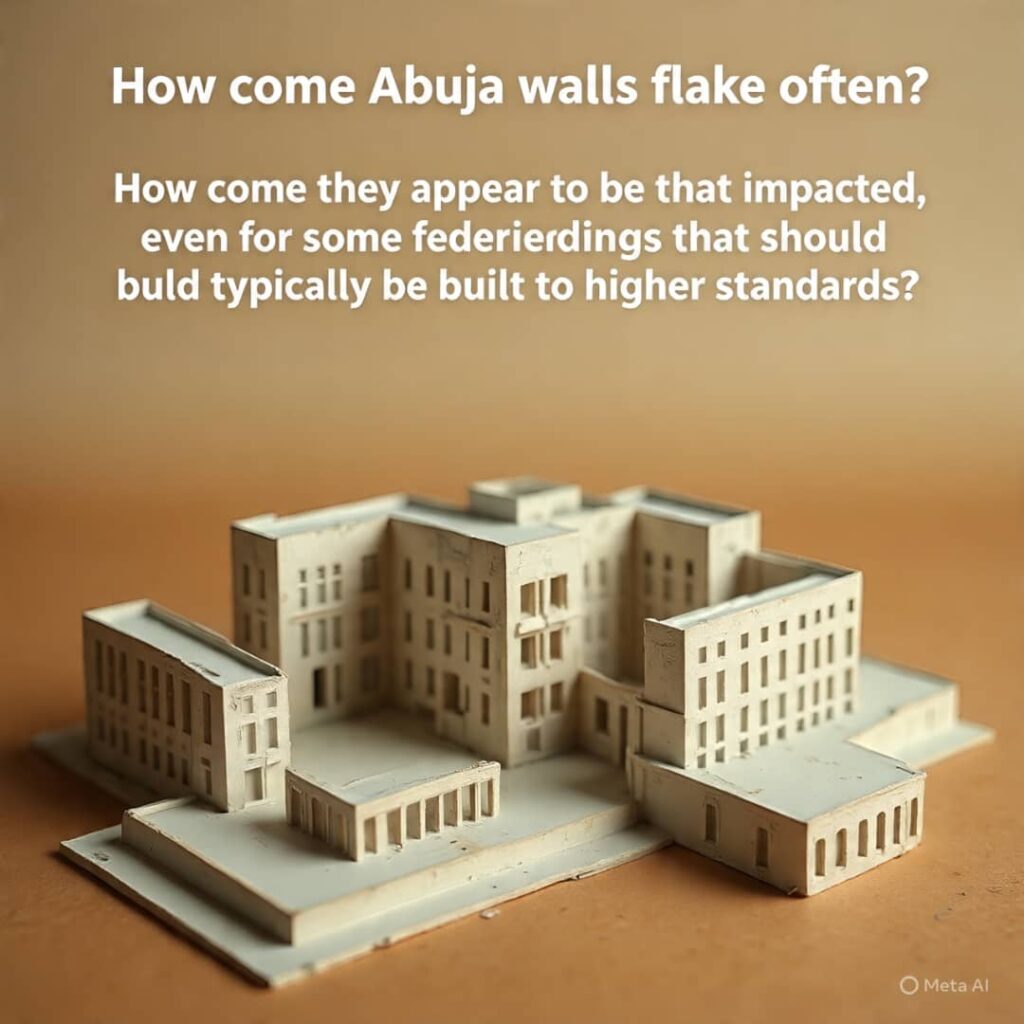What is it with Abuja Walls and Flaking?


Is it due the city’s unique climate and common construction flaws.
Possible Diagnostic Causes in from our observations
a. Abuja’s Unique Geography: Abuja sits on a higher altitude and experiences significantly more annual rainfall than many Savannah Nigerian cities. This results in prolonged periods of high humidity and direct water saturation of building materials, making it a more severe environment for buildings.
b. Building Methodology & Workmanship: We consider this as the core issue. Critical steps are often rushed or omitted:
- Improper Curing: Concrete and plaster are not watered and cured for the required 7-14 days, leading to weak, porous, and crack-prone surfaces that readily absorb water. As we all know Abuja projects tend to be faster as there’s said to be a lot of “hot” real estate money in Abuja. So we can tag this as a socio economic factor.
- Rushing Between Stages: Applying plaster or paint to walls that are not fully dry traps moisture within the structure.
- Compromised or Non-Existent DPC (Damp Proof Course): This is the more apparent issue. Many Abuja buildings don’t have proper DPC. Even when one is installed, during construction it tends to be loaded and cracks appear when bridged, which allows rising damp to bypass the supposedly solid barrier.
- Substandard Materials: Due to distance from Southern Nigeria which is the loading port for many construction materials, Abuja tends to suffer from the incursion of substandard construction materials.
· Poor Quality Sandcrete Blocks: Often produced with excessive water and high silt/clay content, making them highly absorbent and weak. Some blocks are produced using pervious stone dust that’s not well granulated. Other times it’s weak mix used in the Blockwork.
· Incorrect Plaster/Screed Mix: Using a weak cement-sand mix (e.g., 1:6 or richer) creates a non-water-resistant finish that cracks and wicks moisture.
Managing Renovations on Defective Structures
· Systematic Diagnosis: First, call us to identify the source of the moisture. Is it rising from the ground (rising damp), penetrating from outside (driving rain), or condensation from inside?
· Complete Moisture Removal: This is non-negotiable. Allow the affected walls to dry out completely. We do not repair damp walls.
· Drastic Remedial Measures:
- For Rising Damp: Install a new chemical DPC by injecting a silicone-based fluid into holes drilled along the mortar course. After injection, replaster with a specialist salt-inhibiting, waterproof render system. (There are other new methods for this which we’ll be trying out)
- For Penetrating Damp: Hack off all defective plaster. Apply a waterproofing slurry (e.g., bituminous or cementitious coating) to the bare blockwork before replastering with a rich, waterproof cement mix (e.g., 1:4).
- Correct Re-plastering and Finishing: Replaster with a good mix (at least 1:4 cement:sand) and ensure proper curing. Use a fungicidal primer and high-quality, breathable weather-shield paint for the final coat to allow trapped moisture to escape while preventing new water ingress.


